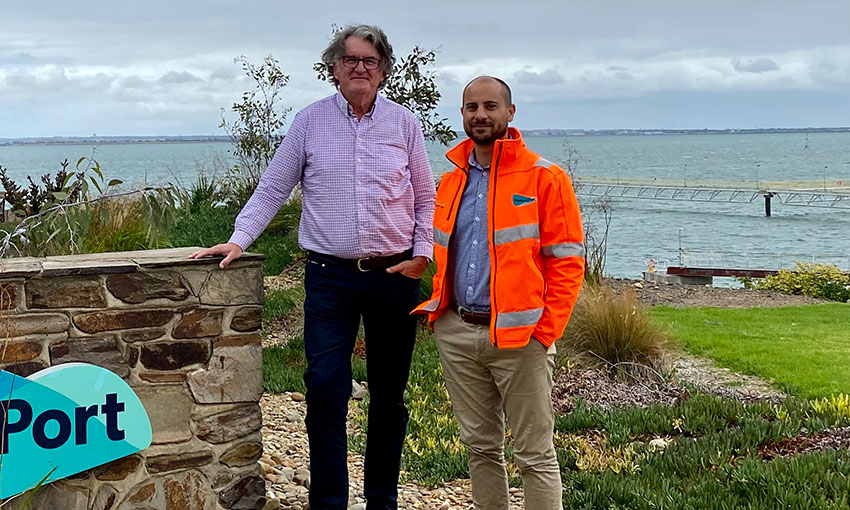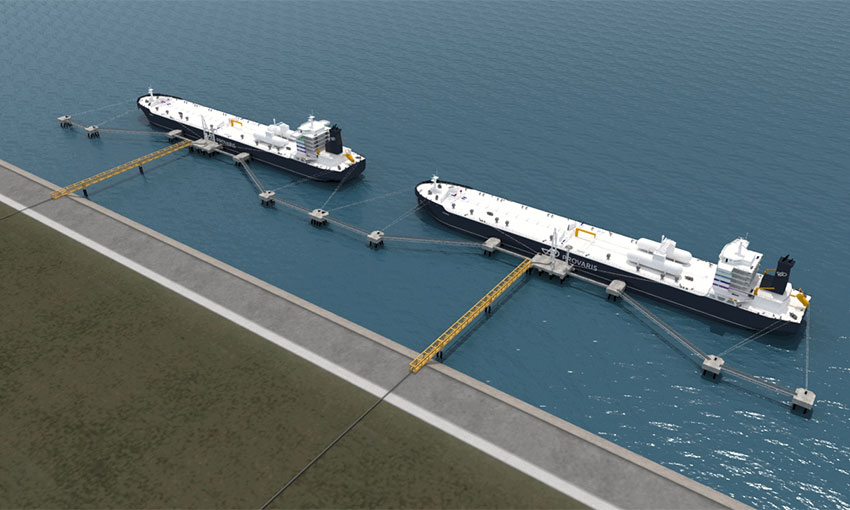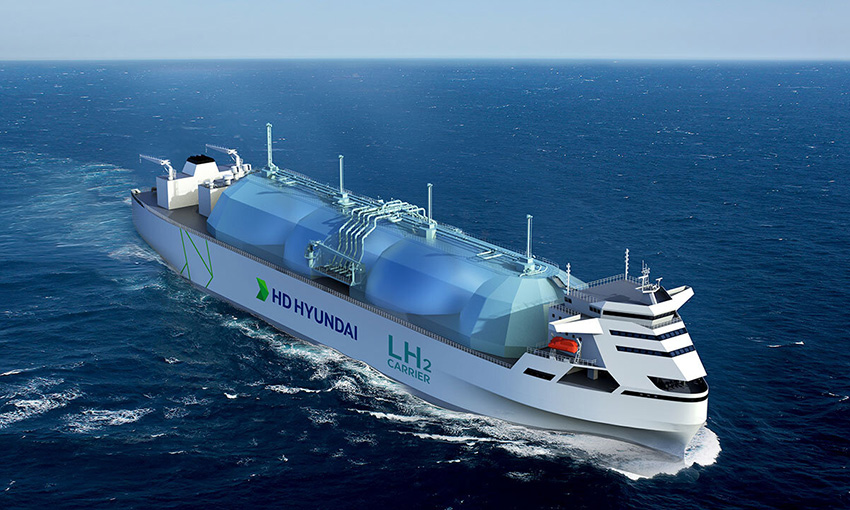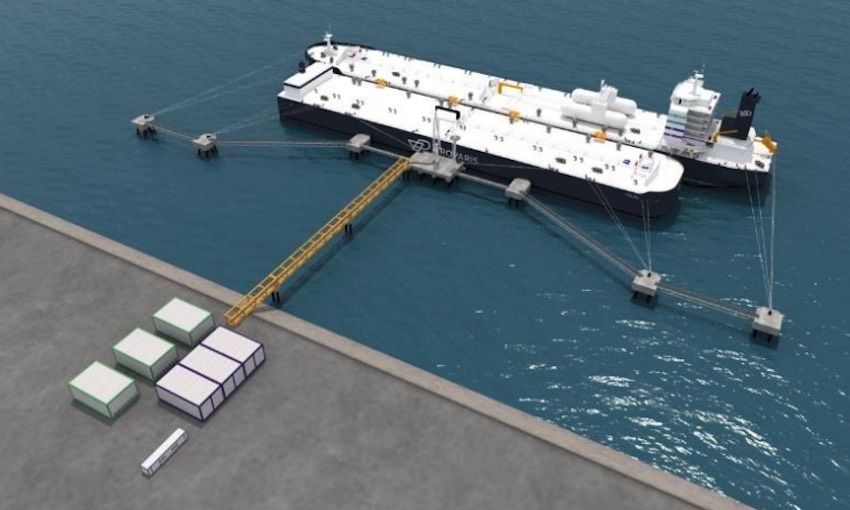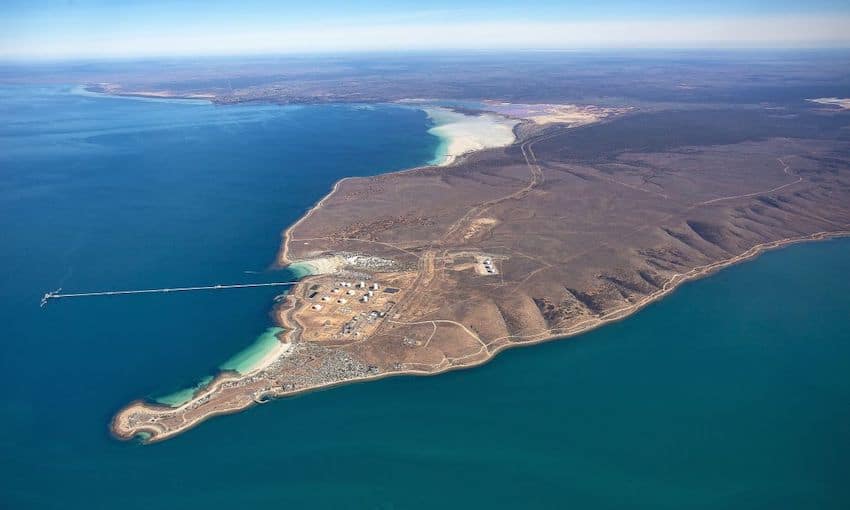GEELONGPORT and Fortescue Future Industries have teamed up to study the prospect of developing a green hydrogen production facility in Geelong.
The two companies signed a memorandum of understanding to undertake a joint feasibility study to investigate the suitability and environmental benefits of such a facility at GeelongPort.
It will focus on assessing the accelerated implementation of a large-scale production facility from green hydrogen and preferred derivatives, including ammonia, for export and domestic use.
Under the non-binding MOU, GeelongPort and FFI expect to complete the joint feasibility study by the end of this year. A final investment decision is expected to be made at the end of 2024.
GeelongPort CEO Brett Winter said the project, if implemented, could benefit the region and support Victoria’s ambitious renewable energy targets.
“Fortescue is leading the charge on developing green hydrogen in Australia, and we are excited to partner with them on this potentially-transformative study in Victoria,” he said.
“A green hydrogen facility will support the development of new industries in Geelong, contribute to Victoria’s energy security, and create local jobs during both construction and operation.”
Through this feasibility study, GeelongPort and FFI will map key operational and commercial plans for the project and develop a potential production timeline.
The study will also assess the suitability of an optimal site within the GeelongPort.
FFI Director for east Australia and New Zealand Eva Hanly said FFI’s goal was to turn regional Australia into a global green energy heartland and create thousands of jobs now and many more in the future.
“FFI is uniquely positioned to accelerate the global green energy transition,” she said.
“Green hydrogen is a fuel that, when produced, does not result in carbon or methane emissions – every other type of hydrogen requires burning fossil fuels.”
“It is a practical, implementable solution to reduce emissions and create strong economies.”
The project would contribute to the Victorian Government’s ambitious targets to achieve 95% renewable electricity by 2035 and reach net zero emissions by 2045.
Pending a successful outcome, the facility has the potential to create local jobs during construction and support direct and indirect renewable energy jobs as Victoria transitions to green energy.

